Inflation has been rising in many parts of the world, including the U.S., a situation that’s becoming increasingly challenging. From the rising cost of groceries and healthcare to surges in gas prices and insurance premiums, the pressure is increasing for many people. We look at 20 ways inflation is affecting household spending more than we think:
Grocery Bills are Climbing

Food prices are one of the most visible signs of inflation. As supply chain disruptions and rising transportation costs affect the global food supply, the cost of staples like milk, bread, eggs and meat has risen significantly, causing the average household to spend more on essential groceries.
Gas Prices Surge
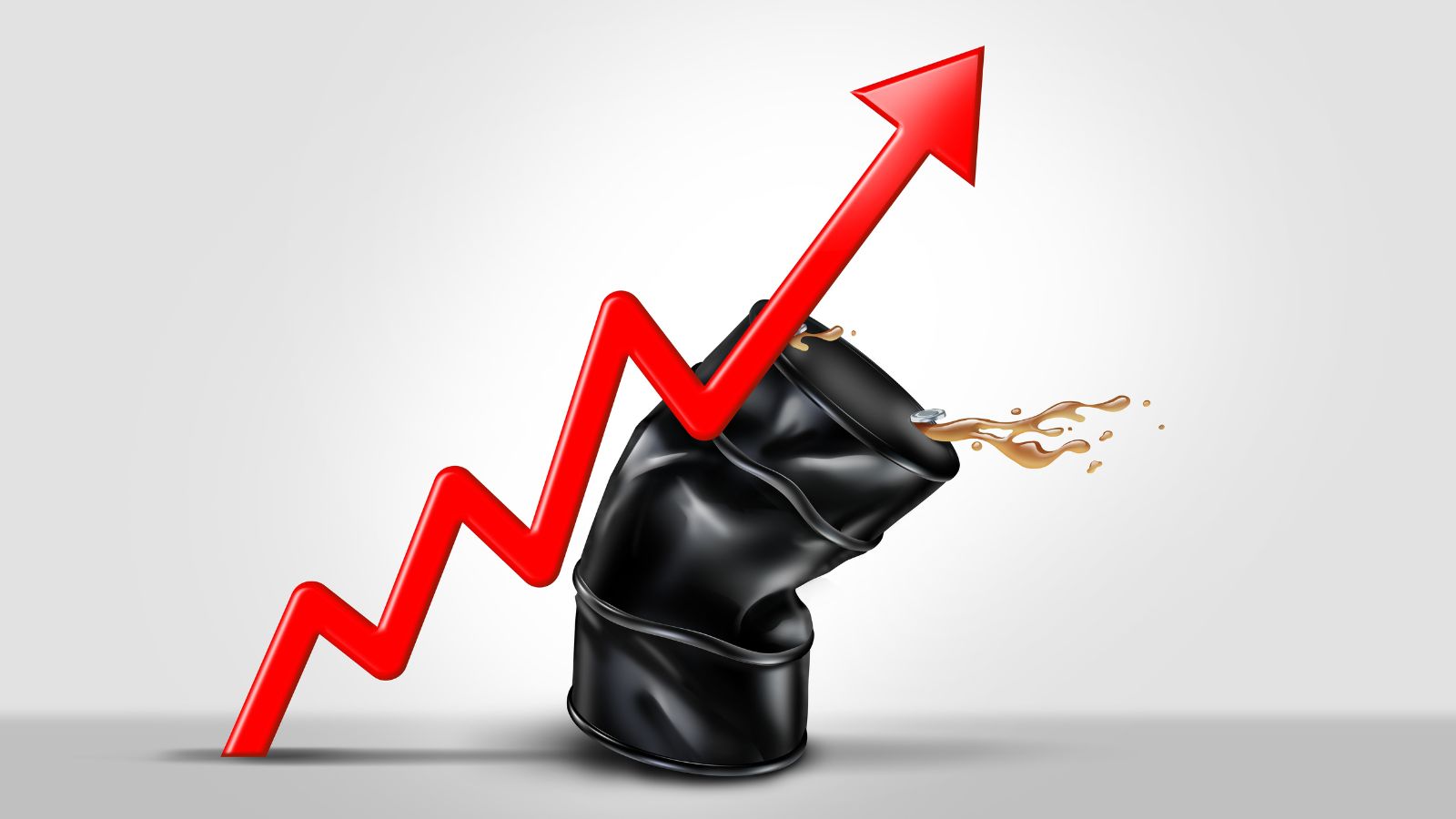
Gas prices are highly sensitive to global oil prices, which have been volatile in recent years. The rise in fuel costs impacts not only personal transportation expenses but also increases the cost of goods due to higher shipping and freight costs, affecting a broad range of products.
Dining Out is More Expensive

Restaurants are dealing with higher costs for ingredients, labor and utilities, often passing those costs on to consumers. Diners may notice higher menu prices or additional fees, which are becoming increasingly common as restaurants try to manage their bottom lines in the face of inflation.
Utility Bills are Rising

Inflation is affecting the cost of electricity, natural gas and heating oil. Supply chain constraints, increased demand and fluctuating fuel prices have driven up energy costs, leading to higher monthly utility bills for consumers, especially during extreme weather months.
Clothing and Apparel are Costlier

Textile production costs are rising due to increased prices for raw materials like cotton and synthetic fibers. Labor costs are also rising in nations that produce goods which is driving up clothing prices and making it more expensive for people to buy shoes and clothes.
Housing Costs are Soaring

The cost of both renting and purchasing a home has risen due to high demand and limited inventory. Rising mortgage rates have made homeownership more expensive, while renters are facing higher monthly payments due to landlords adjusting rents to combat inflation.
Home Improvement and Repair Costs are Climbing
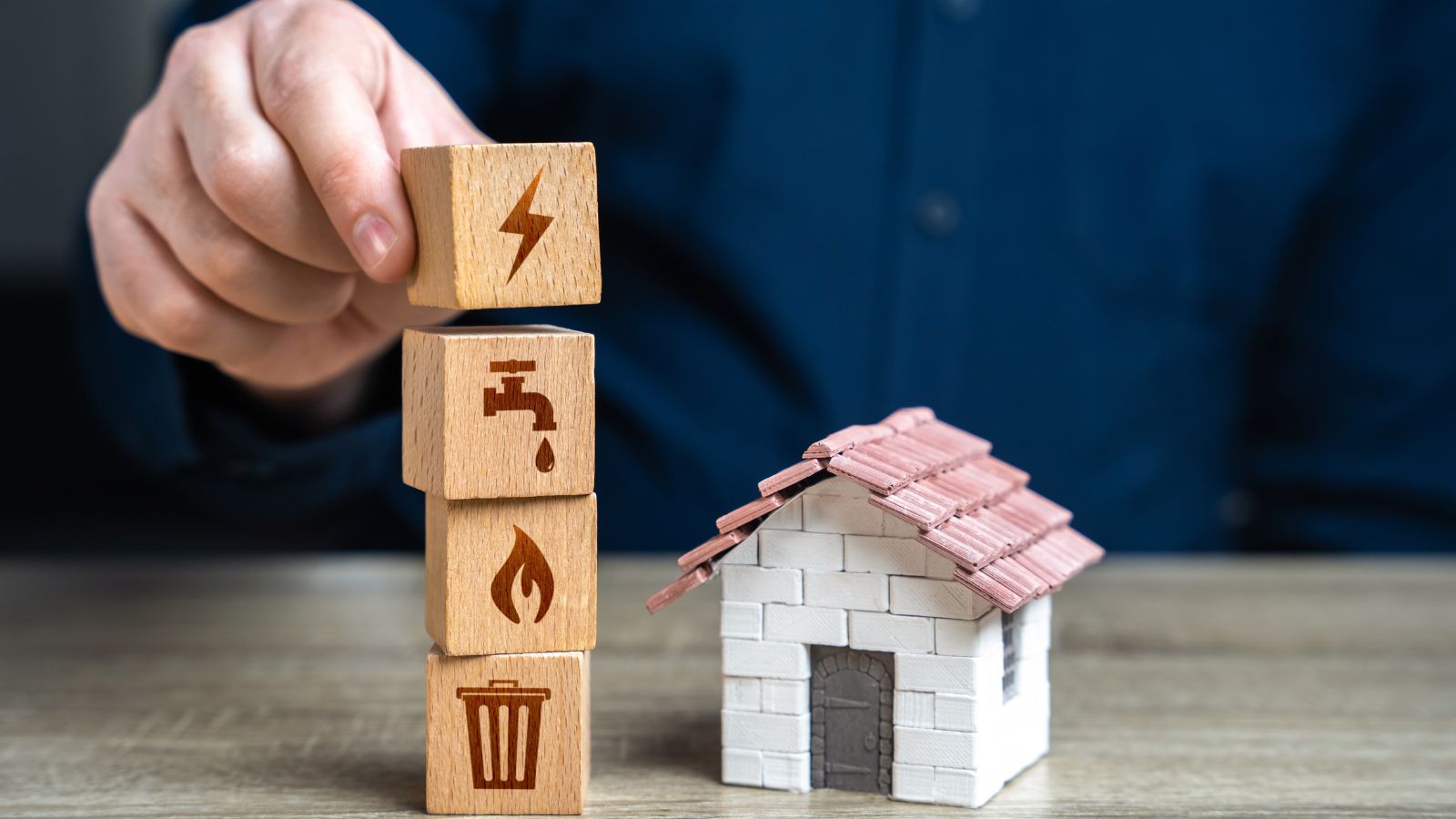
Materials like lumber, metal and cement have all seen significant price increases, affecting the cost of home renovations and repairs. As a result, homeowners are finding it more expensive to undertake remodeling projects or even routine maintenance.
Insurance Premiums are Increasing

The cost of insurance, including health, home and auto insurance, is rising due to inflation. Insurers are paying out more for claims in a higher-cost environment, leading them to raise premiums to keep up with their own increased expenses.
Healthcare Costs are Outpacing Inflation

Medical care costs, including doctor visits, hospital stays and prescription drugs, have continued to increase as healthcare providers cope with higher operational costs. Insurance premiums, co-pays and out-of-pocket costs for medical treatments are all climbing, straining household budgets.
Public Transportation Fares are Rising

Inflation has led to increased maintenance, fuel and labor costs for public transit systems. To offset the rising costs, several cities have increased public transportation fares, making it more expensive for commuters who rely on buses, subways or trains.
Childcare Costs are Soaring
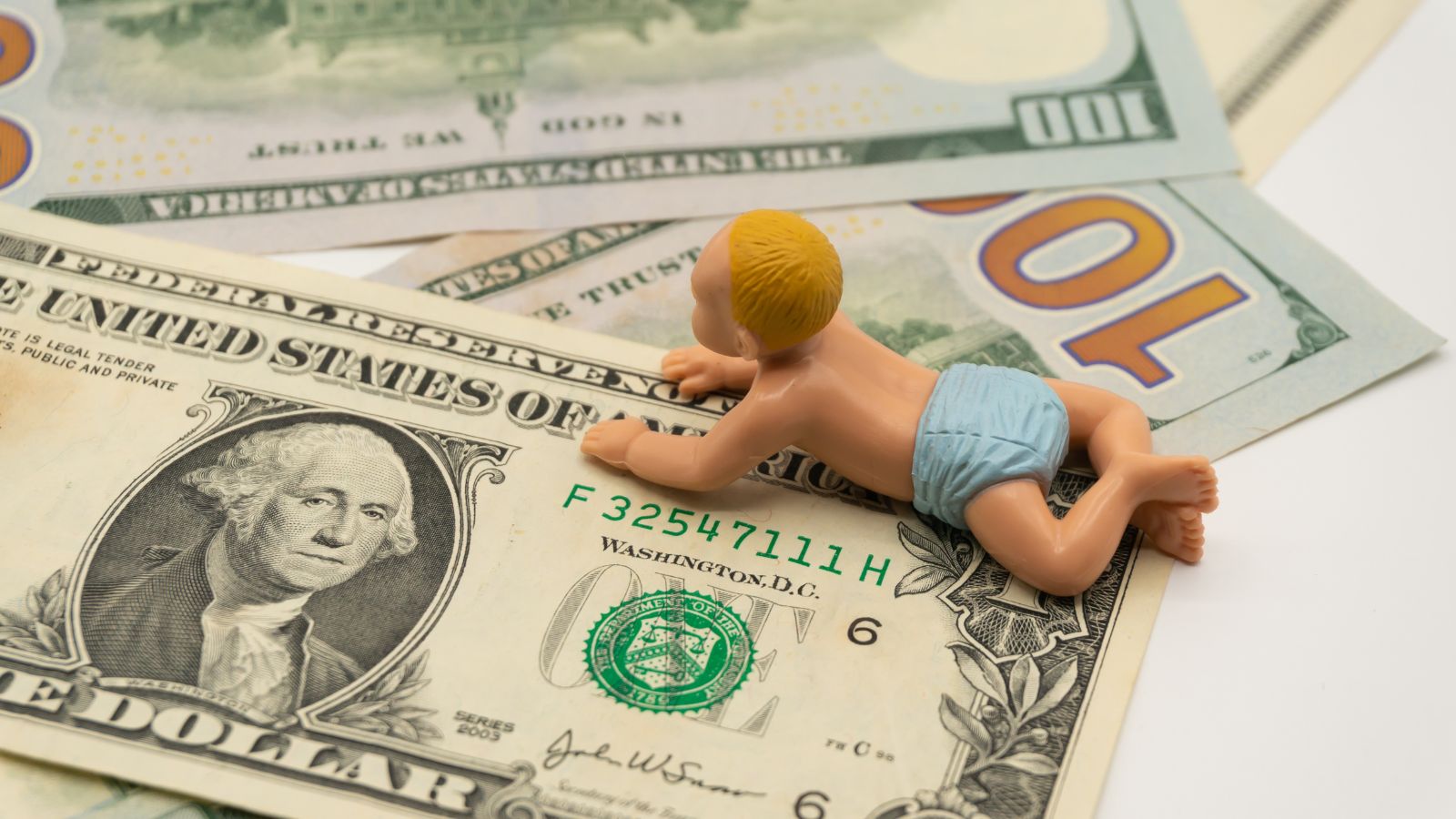
Childcare expenses are increasingly unaffordable for many families as providers raise prices to cover higher wages and operational costs. Parents may face higher daycare fees or after-school program costs, impacting household budgets and making work-life balance more challenging.
Personal Care Products are Costlier
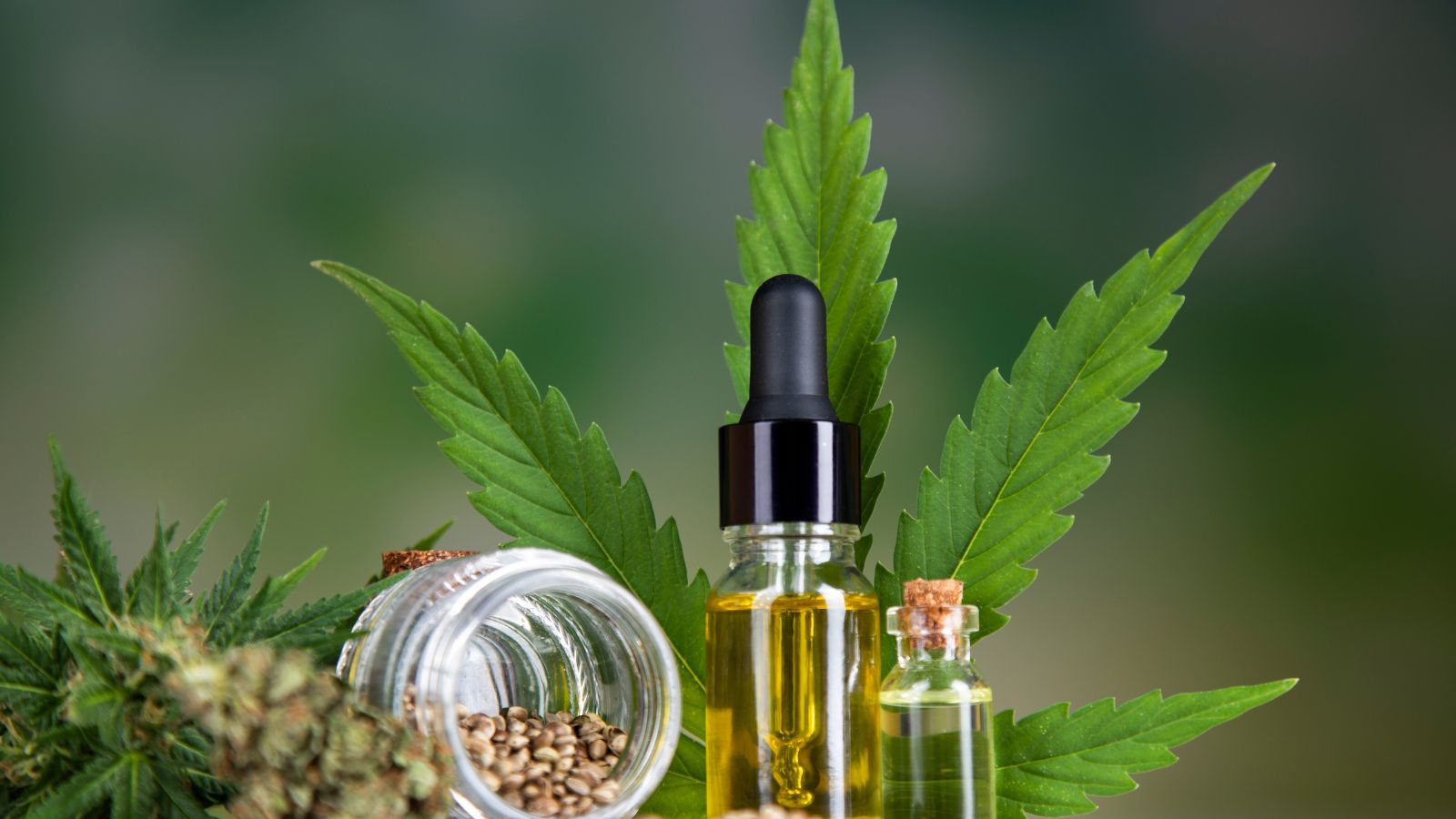
Prices for personal care products like shampoo, soap, toothpaste and cosmetics are on the rise due to higher raw material and packaging costs. Many consumers are forced to spend more on essential items as companies adjust prices to offset their increased production costs.
Tuition Fees and Education Costs are Rising

Educational institutions are facing inflationary pressures, leading to increases in tuition and other fees. Families with children in private schools or colleges may notice these rising costs, adding strain to long-term savings and education budgets.
Travel and Vacation Prices Have Spiked
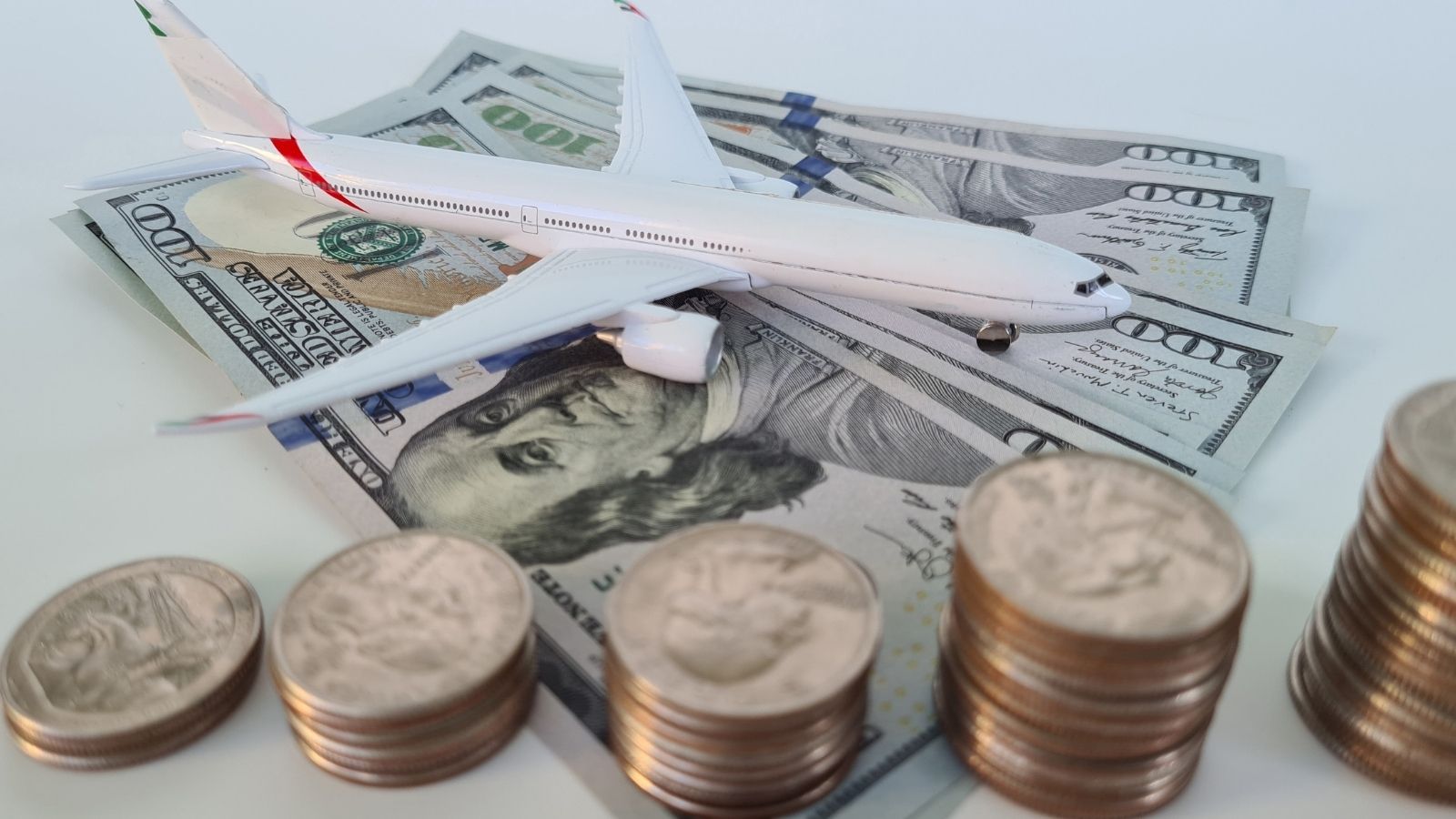
Airfares, hotel rates and rental car costs have all increased sharply due to inflation. The travel industry is facing higher fuel, labor and operational expenses, passing these costs onto consumers who are now paying more for vacations and business trips.
Home Goods are More Expensive

Furniture and other home goods prices have risen due to higher costs for materials, manufacturing and shipping. Delays in the supply chain have exacerbated the issue, leading to increased wait times and expenses for consumers buying new home goods.
Pet Care Costs are Rising

Inflation is affecting pet food, veterinary services and other pet-related products and services. Pet owners may notice higher costs for food, grooming and medical care, which can add up significantly, especially for households with multiple pets.
Electronics and Appliances are Costlier

Electronics and household appliances are more expensive due to the increased cost of components like microchips, metals and plastic. The global chip shortage has also affected production, driving up the price of items like refrigerators, washing machines, and telephones.
Subscription Services are Raising Prices

Streaming platforms, gyms and other subscription-based services have raised their monthly fees to keep up with inflation. For consumers, this means paying more for entertainment, fitness and other memberships, which can strain discretionary spending.
Interest Rates on Loans and Mortgages are Rising
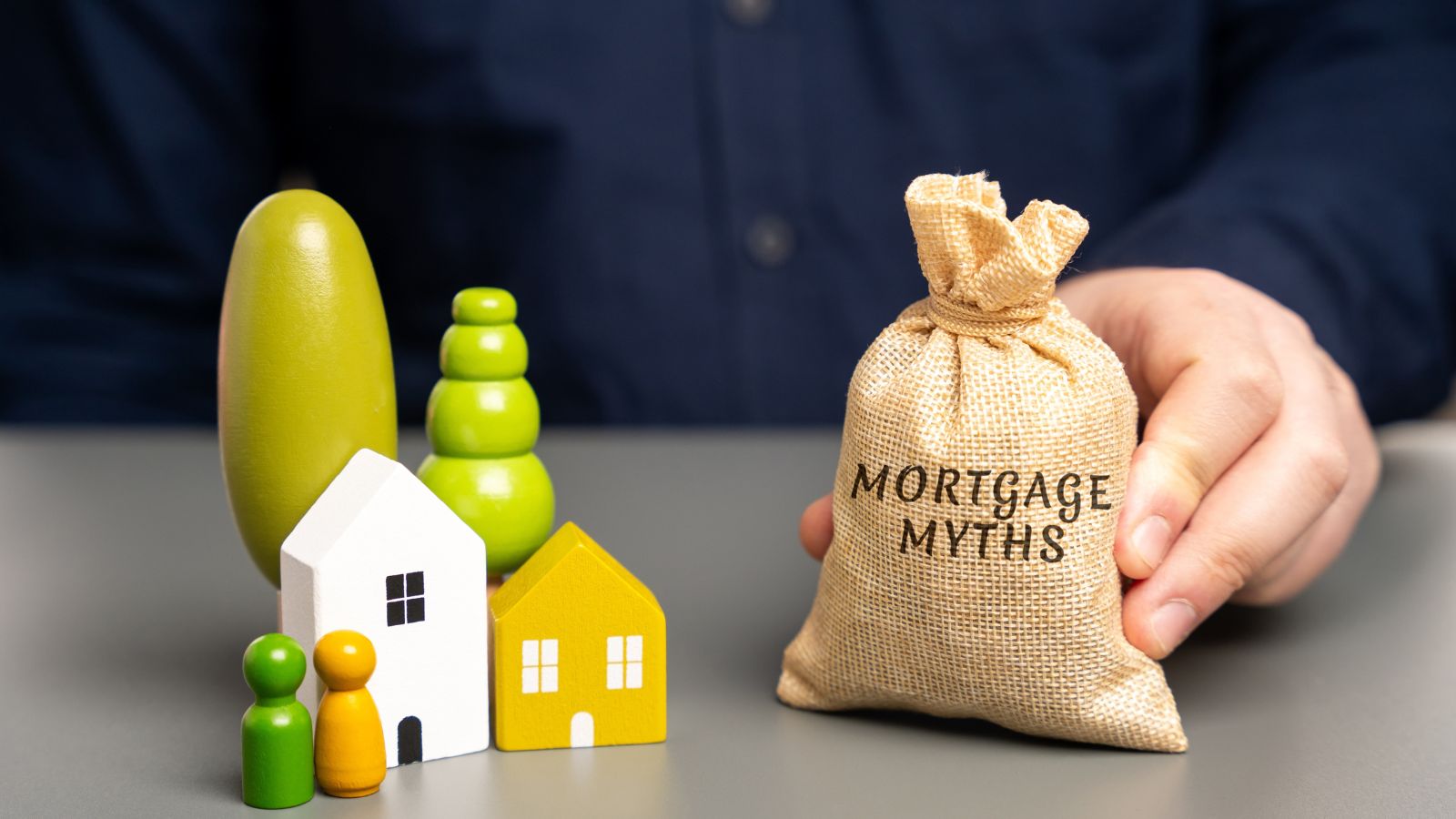
To combat inflation, central banks often raise interest rates, which in turn increases the cost of borrowing. Buyers who depend on credit are impacted by higher interest rates since they make it more costly to pay back credit card debt, auto loans and mortgages.
Household Cleaning Products are More Expensive
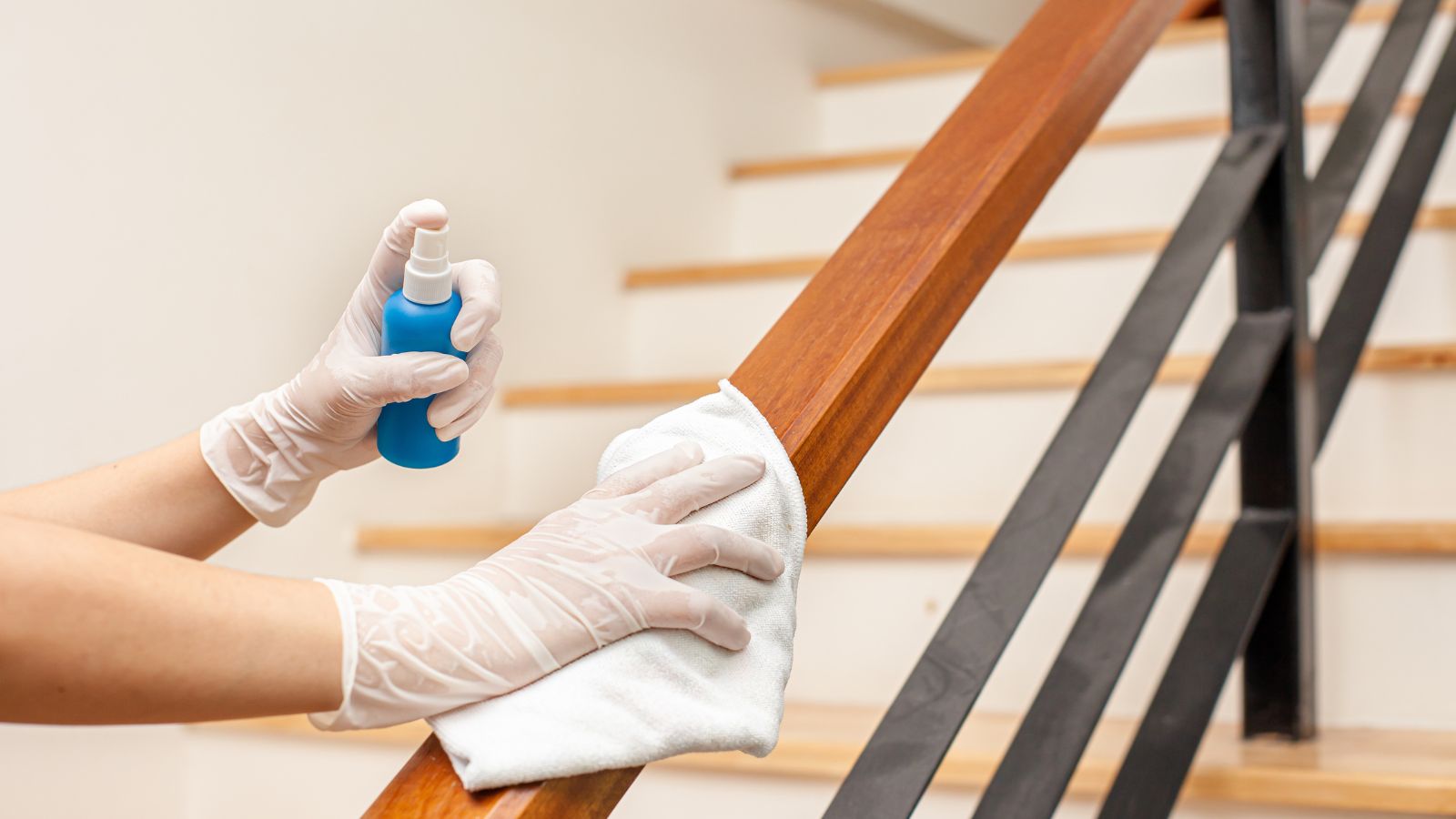
Prices for cleaning supplies, including laundry detergent, disinfectant wipes and other household items, are increasing due to the higher cost of chemicals and packaging. Households are spending more on everyday cleaning essentials as inflation pushes up prices.
18 Reasons Why People Are Leaving Florida in Masses

Exploring factors that impact the desirability of living in Florida, this list delves into various challenges shaping residents’ experiences. From environmental concerns like rising sea levels to economic factors such as fluctuating job markets, these issues collectively contribute to a nuanced understanding of the state’s appeal.
18 Reasons Why People Are Leaving Florida in Masses
